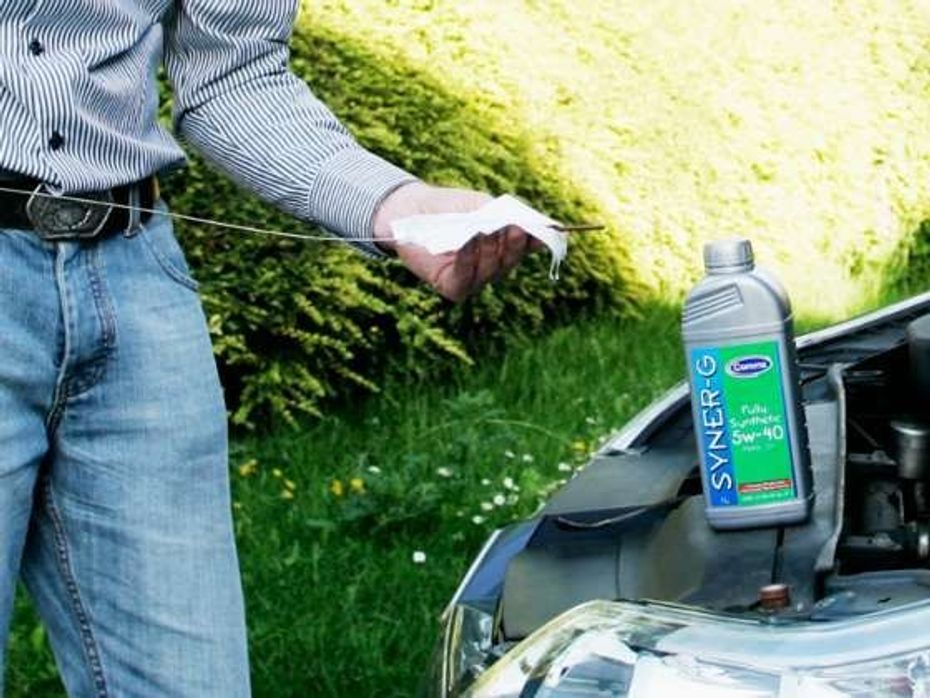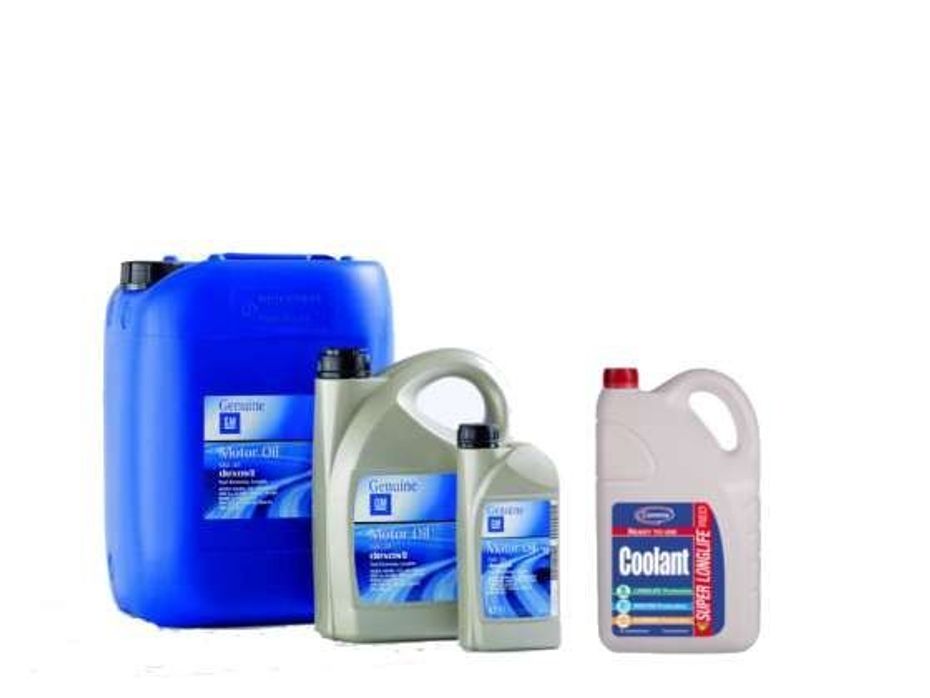Explore all New Cars of 2024
 MG Hector Blackstorm Edition Detailed In 8 Pics
MG Hector Blackstorm Edition Detailed In 8 Pics


The first thing is to maintain a schedule; remember (better write it down) when to change the fluids in your car, since it differs from manufacturer to manufacturer and from model to model. Get the right grade of engine oil or coolant required for your car. Getting a grade higher than the recommended grade of oil can be better but not necessary for the car. Get your tools ready, and an oil pan and a wrench are a must.
Before changing the engine oil, jack up your car securely. The jacks should be on level ground and you should make sure they stay straight. Find the oil pan under the car, place the oil collector under the drain nut of the oil pan, making sure that it will collect all the oil that comes out of the pan. Use a wrench to loosen the drain nut and then remove the nut by hand so that it does not fall into the oil collector, as looking for the bolt in it can get messy. After draining the oil pan, remove the oil filter, which can be removed by hand, and let the oil drain out.
Put the bolt back in its place on the oil pan ensuring that it is not wound too tight. Line the gasket of the oil filter with a bit of oil so that it fits back nicely and there are no oil leaks when you start the engine. Pour the new oil into the engine using a funnel, remove the cap marked ‘oil’ and pour the oil into the hole. Check the oil level using the dipstick attached to the engine cover (a plastic handle with a hole, usually painted in a bright colour). Start the engine, race it a bit to get the oil running inside the engine.
Over a period of time, the oil used in the engine leaves behind a sludge that clogs valves, and the increased friction caused by this sludge can reduce engine efficiency. To ensure that all the old oil is drained off and there is no sludge remaining, add an engine flush before you drain the oil. You should run the engine for about 20 minutes (or as instructed on the label of the flush) before draining the oil. This clears up the engine and makes it more efficient.

The coolant system as the name suggests prevents the engine from overheating. The fluid used in the system, usually a mix of coolant fluid and water, runs through pipes along the engine, traps heat and then radiates the heat out from the radiator. Over time, the ability of the coolant fluid to dissipate/absorb heat diminishes as contaminants enter the system. It is important to flush and top up your coolant as per your user manual or the mileage of the car.
NOTE: Replacing engine oil and filter is a job for professional workshops, which have special wrenches for removal of filters. Ideally, engine oil should be drained when it is really hot (best done by a workshop). Disposal of drained oil can be harmful to the environment if done callously.
India's largest automotive community